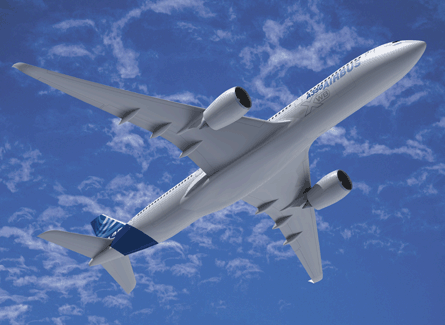Airbus is considering equipping the A350 XWB with an automated system that would put the aircraft into an unaided emergency descent if it detected unsafe cabin pressure.
The system would only initiate the descent if the pilots failed to respond to a cautionary alert - potentially indicating that the crew was incapacitated through the effects of oxygen depletion.
Failure to recognise non-pressurisation of a Helios Airways Boeing 737-300 rendered the crew unconscious from hypoxia while en route to Athens four years ago. The jet continued to fly, unattended, at cruising altitude until it crashed through fuel exhaustion.
 |
|---|
Airbus insists that it has not committed to installing the system: "It has not been decided yet to fit out the A350 XWB with the 'auto emergency descent' - it is a potential system which could be installed but, for the moment, it is under consideration," it says.
But while the company says it is "too early" to provide details, it has outlined the envisaged mechanism to a delegation from the International Federation of Air Line Pilots' Associations.
Should the aircraft's monitoring system detect an unsafe cabin pressure, it would warn the crew via the primary flight display and begin a countdown. The length of time has not been specified.
If the crew did not act to cancel the warning or take positive control of the aircraft, the A350 would perform a side-step manoeuvre, taking it 2.75nm (5km) to the right of the designated airway to avoid conflict. This sidestep would automatically account for any existing lateral offset selected by the crew.
The aircraft would also be put into a rapid descent at maximum operating speed towards flight level 100 - the target altitude for depressurisation incidents, at which oxygen masks are no longer necessary - although the twinjet would adjust for minimum altitude and terrain-clearance requirements.
Airbus could potentially provide the system for other types in its range as a retrofit option, although it has yet to confirm this possibility.
- Learmount: Airbus automation: is enough enough?
Source: Flight International























